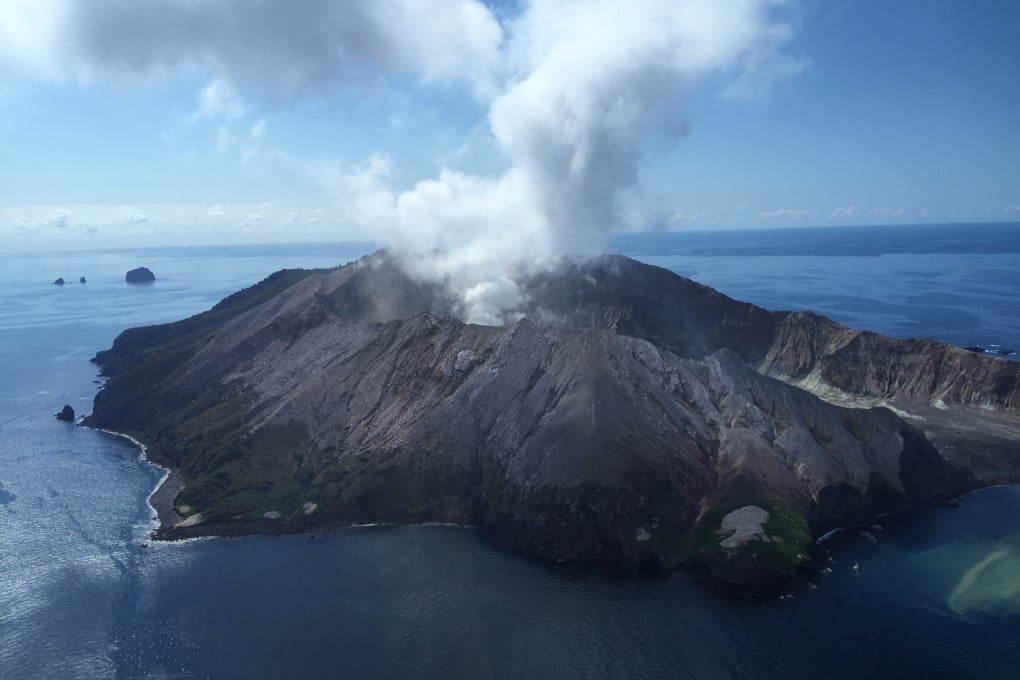Explainer | New Zealand volcano: why White Island erupted with no warning
- At least five people have been confirmed dead and that toll is expected to rise, following the eruption on Monday at the popular tourist site
- The expansion of water into steam is supersonic in speed and the liquid can expand to 1,700 times its original volume. This produces catastrophic impacts

The island is a tourist destination and 47 people were on it when it erupted on Monday afternoon. Three of those rescued have now been discharged from hospital.
Vulcanologists at GeoNet, which operates a geological hazard monitoring system, described the eruption as impulsive and short-lived, with an ash plume that rose to more than 3km above the vent.
Prime Minister Jacinda Ardern this morning praised the courage of the first responders and pilots who conducted an aerial survey. She confirmed that the flyovers have shown no signs of life. Police are today assessing whether it is safe to return to the island for a recovery operation.
Volcanic hazards
White Island is one of several volcanoes in New Zealand that can produce sudden explosive eruptions at any time. In this case, magma is shallow, and the heat and gases affect surface and groundwater to form vigorous hydrothermal systems.
